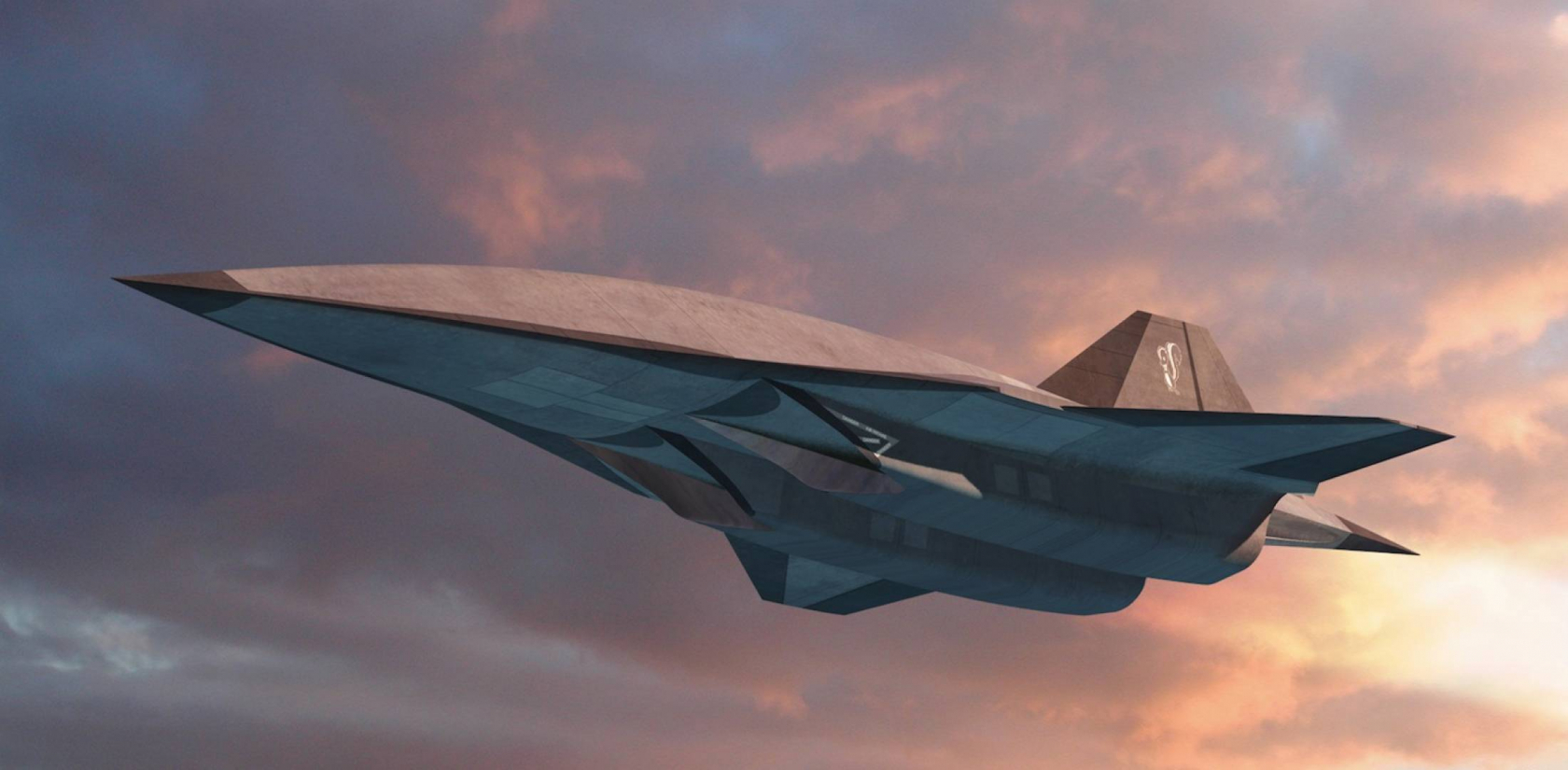The future of transport, it seems, is more speed. Prototype testing of Elon Musk's Hyperloop One saw pods reach 192 mph, while Airbus has patents for an "ultra-rapid air vehicle" it says could travel over four and a half times faster than the speed of sound.
The problem with aircraft is that when they reach incredibly high speeds, they generate a massive amount of heat. The material they're constructed from needs to be able to withstand the high temperatures while also being both structurally stable and light. The answer to this conundrum may be boron nitride nanotubes (BNNTs).
Researchers from NASA and Binghamton University found that the nanotubes, created through a combination of boron and nitrogen, could withstand temperatures up to 900 degrees Celsius (1652 Fahrenheit). The Carbon nanotubes used in today's aircraft undergo structural degradation at 400 degrees Celsius (752 degrees Fahrenheit). BNNTs could allow aircraft to reach hypersonic speeds of Mach 5 (3806 mph) and above.
As is often the case with advanced materials, BNNTs come with a restrictive price tag. Right now, it costs around about $1000 per gram, but costs are expected to fall over the next decade. The substance will likely start appearing in military aircraft first---Lockheed Martin could use it in the hypersonic SR-72---before making its way to commercial aircraft.
While not able to hit hypersonic speeds, the British-French Concorde jet airliner, which had a mainly aluminum construction using a high-temperature alloy, could reach supersonic speeds of 1354 mph. It was retired in 2003 due to falling passenger numbers, likely the result of a crash in 2000 that killed 109 people and the 9/11 terrorist attacks.
The highest speed ever recorded by a manned, powered aircraft was set in October 1967, when William J. Knight flew the experimental, rocket-powered North American X-15 at 4520 mph.
